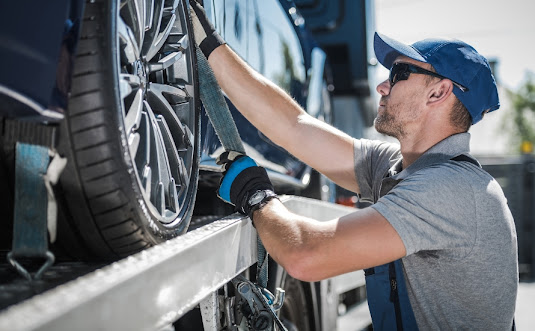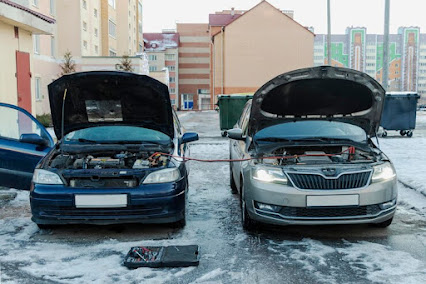How to Properly Tow a Vehicle?
Towing a vehicle may seem like a straightforward task, but if it is not done correctly, it can result in damage to both the towed and towing vehicles, as well as cause accidents on the road. Towing a vehicle requires a specific set of skills, tools, and knowledge to ensure that everything goes smoothly. It is recommended that you hire a professional towing company Calgary to tow your vehicle if you're not confident in your ability to do it yourself. However, if you decide to tow the vehicle yourself, there are a few things you need to keep in mind .In this article, we will provide you with a step-by-step guide on how to tow a vehicle safely and efficiently.
Step 1: Check the Towing Capacity
Before towing any vehicle, you must ensure that your tow vehicle has the towing capacity required to tow the weight of the vehicle you want to tow. Every tow vehicle has a maximum towing capacity, which can be found in the owner's manual or on the manufacturer's website. You should never exceed the maximum towing capacity, as it can cause significant damage to your tow vehicles and create a safety hazard on the road.
Step 2: Choose the Right Towing Equipment
Choosing the right towing equipment is critical for safe and successful towing. There are different types of towing equipment, such as tow bars, tow dollies, and trailers, and each of them is designed for specific vehicles and towing needs. For instance, tow dollies are ideal for front-wheel-drive vehicles, while tow bars are suitable for all-wheel-drive and rear-wheel-drive vehicles. Trailers, on the other hand, are the best option for heavier vehicles, such as SUVs and trucks.
Step 3: Hook Up the Tow Vehicle
Once you have the appropriate towing equipment, it is time to hook up the tow vehicle. If you are using a tow bar, connect it to the front of the towed vehicle and the hitch of the tow vehicle. Ensure that the tow bar is level and straight to prevent the towed vehicle from swaying during towing. If you are using a tow dolly, position the front wheels of the towed vehicle onto the dolly and secure the wheels with the straps provided. Make sure the towed vehicle is centered on the dolly to prevent it from shifting during towing. If you are using a trailer, back up the tow vehicle to the front of the trailer and connect the hitch to the tow vehicle.
Step 4: Check the Lights And Brakes
Before you start towing, you must check the lights and brakes on both the towed and tow vehicles. The lights on the towed vehicle must be synchronized with those on the tow vehicle, including the brake lights, turn signals, and taillights. This is to ensure that other drivers on the road can see the towed vehicle, especially when braking or turning. Additionally, if you are using a trailer, make sure the brakes on the trailer are working correctly.
Step 5: Practice Safe Driving Habits
Once you have hooked up the towed vehicle and checked the lights and brakes, it is time to hit the road. However, it is essential to remember that towing a vehicle changes the driving dynamics of the tow vehicles, and therefore, you need to adjust your driving habits accordingly. For instance, you should avoid sudden stops and starts, as this can cause the towed vehicle to sway or even come loose. Instead, accelerate and brake slowly and steadily to maintain control of both vehicles. Additionally, you should avoid sharp turns, as this can also cause the towed vehicle to sway. When turning, make wide turns to ensure that both vehicles stay on the road.




Comments
Post a Comment